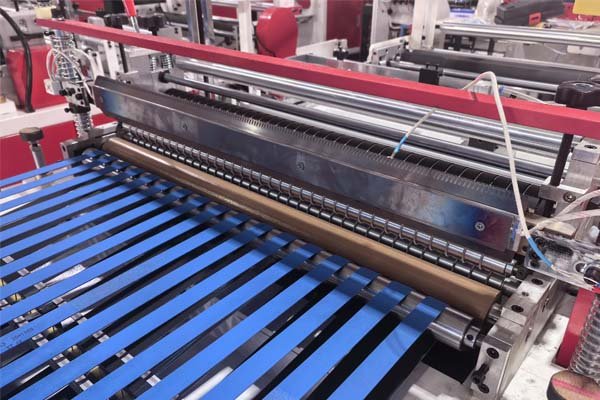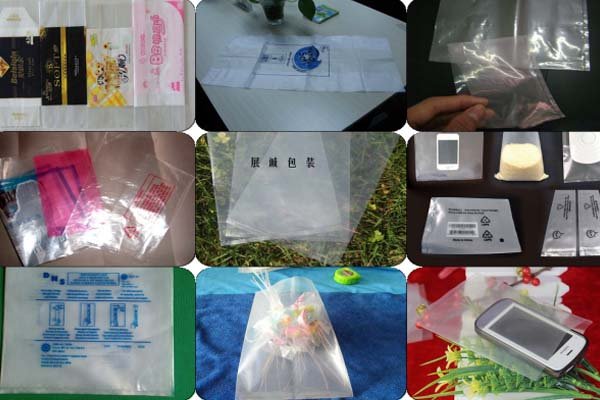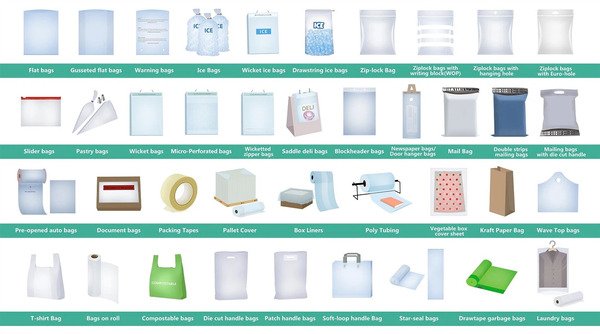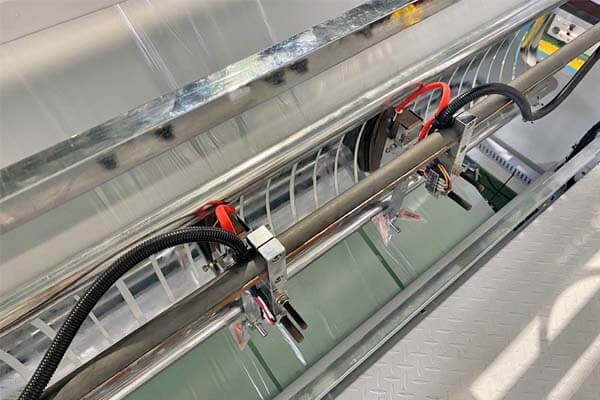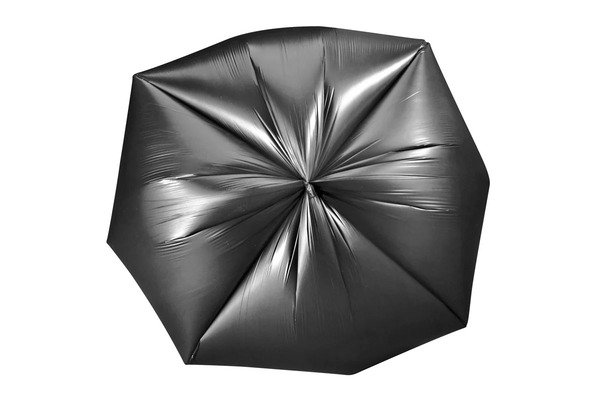
Wrinkles, weak seals, and inconsistent bag sizes are common problems in bag production. These issues lead to wasted film and defective products, increasing operational costs. One key process that addresses these challenges is web tension control1.
Web tension control is the process of maintaining a consistent level of pull on a continuous sheet of material—known as the “web”—as it moves through a machine. This control is essential for smooth feeding and high-quality results during printing, sealing, and cutting.
Effective web tension control underpins reliable bag-making operations. Without it, material can stretch, sag, or shift, leading to print misalignment, weak seals, and off-specification bags. Technologies like "Smart Tension Control2" are engineered to prevent these issues by ensuring steady, predictable web movement throughout production.
In bag-making systems, web tension is typically managed across three main zones:
- Unwind Zone: A brake system resists the roll's feed to prevent material from unspooling too quickly.
- Process Zone: Driven rollers control the web's speed during operations such as printing and cutting.
- Rewind Zone (if applicable): Any leftover material is re-rolled under controlled conditions.
Synchronizing these zones ensures consistent tension across the entire production line.
What is a Tension Web?
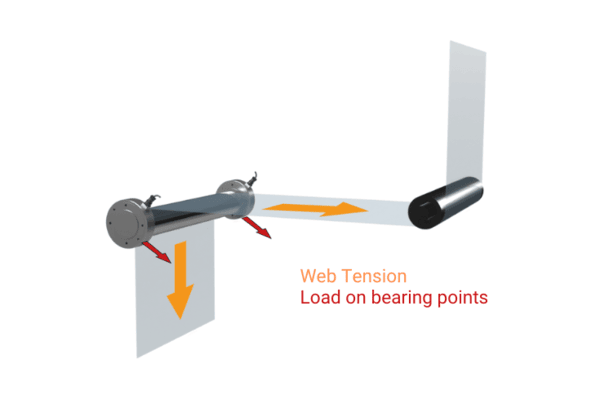
The term "web" refers to a continuous roll of material—such as plastic film or laminated composites—that is processed under controlled tension. A tension web is not a physical machine component, but a concept describing this material under regulated tension.
The web behaves like a flat, moving ribbon and can vary in thickness and flexibility depending on its composition. Materials range from lightweight LDPE to more complex, multi-layer laminates. The key is maintaining balanced tension—not too tight, which could stretch or tear the web, and not too loose, which could cause sagging or drifting.
Common Web Materials and Their Needs
| Material Type | Common Use | Key Tension Characteristic | Importance |
|---|---|---|---|
| LDPE/HDPE | T-shirt bags, garbage bags | High elasticity | Requires precise control to avoid deformation. |
| PP (Polypropylene) | Food packaging, textiles | Less elastic | Tolerates higher tension but is prone to creasing. |
| Biodegradable PLA | Eco-friendly bags | Brittle | Demands smooth, steady tension to prevent breakage. |
| Multi-Layer Laminates | Food pouches, zipper bags | Layered structure | Needs uniform tension to avoid layer separation. |
Web Path in a Bag-Making Machine
- Unwind Stand: Material roll is mounted. A brake regulates the feed speed.
- Dancer Roll: A spring-loaded or weighted roller that absorbs minor tension fluctuations.
- Infeed Nip Rollers: Pull the material into the machine at a steady pace.
- Processing Stations: The material is sealed and cut with precise timing.
- Finished Product: Uniform bags are produced with consistent quality.
Maintaining steady tension through these stages ensures dimensional accuracy and material integrity.
How Does a Tension Controller Work?
A tension controller3 maintains a target tension level by continuously monitoring and adjusting the force applied to the web. It functions like a cruise control system, comparing real-time tension data with a preset value and adjusting motors or brakes accordingly.
This closed feedback loop enables precise tension control even as roll diameter or material characteristics change during production.
Core Components of a Tension Control System
- Sensor (Load Cell): Measures web tension by detecting the force exerted on a roller. Converts force into an electrical signal.
- Controller (PLC): Compares the actual tension value to the setpoint and determines if an adjustment is needed.
- Actuator (Motor or Brake): Applies or reduces force to correct any tension discrepancy.
Open-Loop vs. Closed-Loop Control
| Feature | Open-Loop System | Closed-Loop System |
|---|---|---|
| Operation | Estimates tension based on roll diameter | Measures actual tension using sensors |
| Accuracy | Lower | High |
| Applications | Simple, low-speed setups | High-speed, high-precision production |
| Performance | Prone to drift and error | Reacts to real-time conditions |
Closed-loop systems provide superior tension consistency, which translates into better quality control and reduced material waste.
What Does Tension Control Do?
Precise tension control enhances both product quality and operational efficiency. It ensures correct bag dimensions, reliable seals, and accurate print alignment, reducing waste and machine downtime in the process.
Quality Outcomes Enabled by Tension Control
- Dimensional Stability: Prevents material stretch, ensuring bags match specified dimensions.
- Print Quality: Maintains consistent alignment and clarity of printed graphics.
- Seal Strength: Controls material flow for uniform, strong seals.
- Reduced Downtime: Prevents breaks, jams, and roller wraps by stabilizing web behavior.
Tension Control in Different Machine Types
| Machine | Key Function | Impact |
|---|---|---|
| Wicketer Bread Bag Machine | Maintains alignment for wicket punching | Allows smooth loading on automation lines |
| Heavy-Duty Garbage Bag Machine | Prevents stretch near perforations | Ensures clean tear-off without damage |
| Lamination Pouch Making Machine | Balances multilayer web tension | Prevents tunneling and separation |
| Courier Bag Machine | Controls flow into sealing area | Produces strong, reliable side seals |
Conclusion
Web tension control is a fundamental aspect of consistent, high-quality bag production. It influences nearly every part of the process—from cutting and sealing to print registration. Effective tension management reduces waste, minimizes downtime, and ensures that every finished bag meets its intended specifications.

